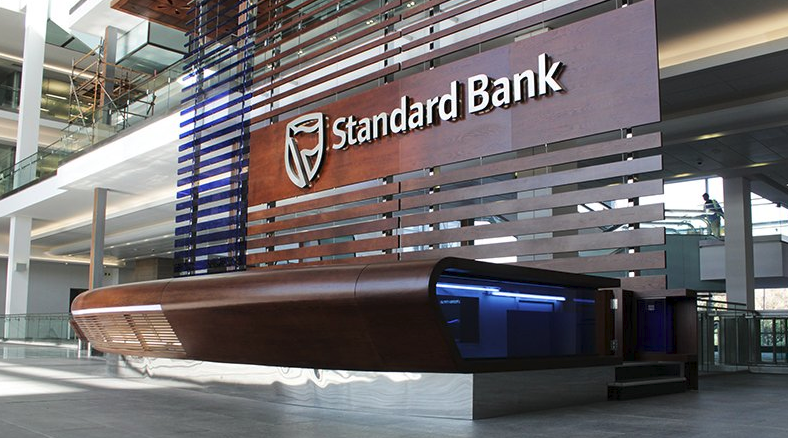How Standard Bank Became a Global Powerhouse

How Standard Bank Became a Global Powerhouse. In the crowded world of banking, few institutions have managed to expand beyond their home markets and establish themselves as truly global players. Standard Bank, founded in 1862 in South Africa, is one such brand—a financial powerhouse that has grown from a single office in Port Elizabeth to a dominant force across Africa and beyond.
Founding and Early Expansion
Incorporated in London in 1862, as the Standard Bank of British South Africa, the bank commenced operations in Port Elizabeth, South Africa, in 1863. Under the leadership of John Paterson, it merged with several local banks, including the Commercial Bank of Port Elizabeth and the British Kaffrarian Bank, to strengthen its presence.

The discovery of diamonds in Kimberley in 1867 and gold on the Witwatersrand in 1886 presented significant opportunities. Standard Bank capitalized on these by financing mining activities and expanding its branch network to emerging economic hubs, including establishing a branch in Johannesburg in 1886.
Adaptation and Growth
Reflecting its expanding operations beyond British-controlled regions, the bank dropped “British” from its name in 1883, becoming the Standard Bank of South Africa Limited. Throughout the late 19th and early 20th centuries, it continued to grow, opening branches across Africa and even establishing a presence in New York City in 1912.
Strategic Mergers and Independence
In 1962, the bank restructured, creating a South African subsidiary under its previous name, while the parent company became Standard Bank Limited. A significant merger occurred in 1969 with the Chartered Bank of India, Australia, and China, forming Standard Chartered Bank. Subsequently, the South African operations were consolidated under Standard Bank Investment Corporation (now Standard Bank Group), which gained full independence in 1987 after Standard Chartered sold its remaining stake.

Modernization and Technological Advancements
Embracing technological advancements, Standard Bank became the first African bank to migrate its operations to Amazon Web Services in March 2019, signaling a commitment to digital transformation. That same year, the bank announced the closure of 91 branches and a reduction of 1,200 staff, citing the growing adoption of digital banking channels by customers.
Lessons for Aspiring Entrepreneurs
Standard Bank’s history offers valuable insights:
- Strategic Positioning: Aligning services with emerging economic activities, such as mining in South Africa, facilitated early growth.
- Adaptability: The bank’s ability to restructure and embrace technological changes has been crucial in maintaining its relevance.
- Resilience: Navigating mergers and economic shifts demonstrates the importance of resilience in sustaining long-term success.
Standard Bank’s rise to global prominence is a testament to bold decision-making, adaptability, and a relentless focus on customer needs. From its humble beginnings in 1862 to its dominance in the 21st century, the bank has mastered the art of strategic expansion, resilience, and innovation.



